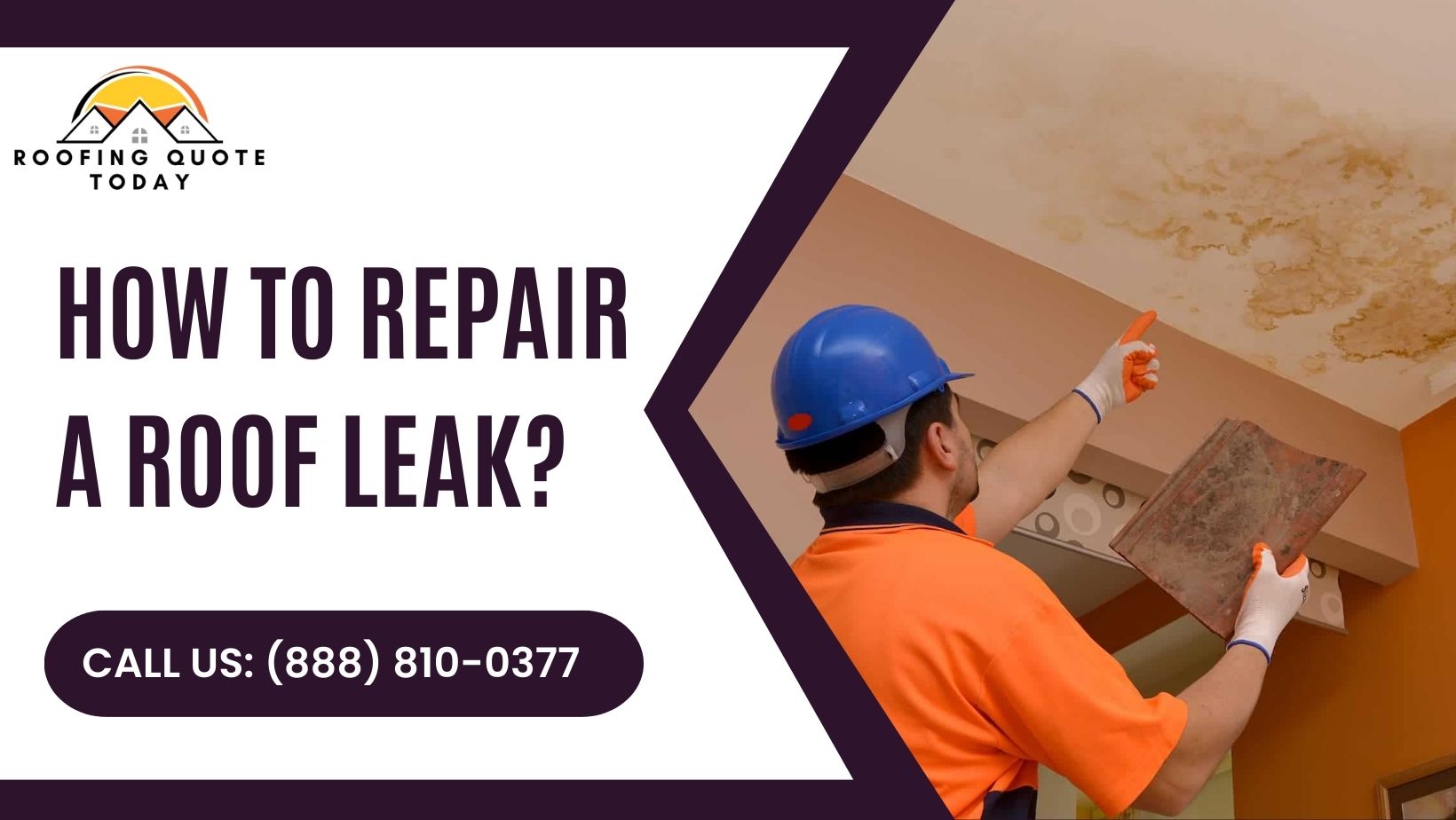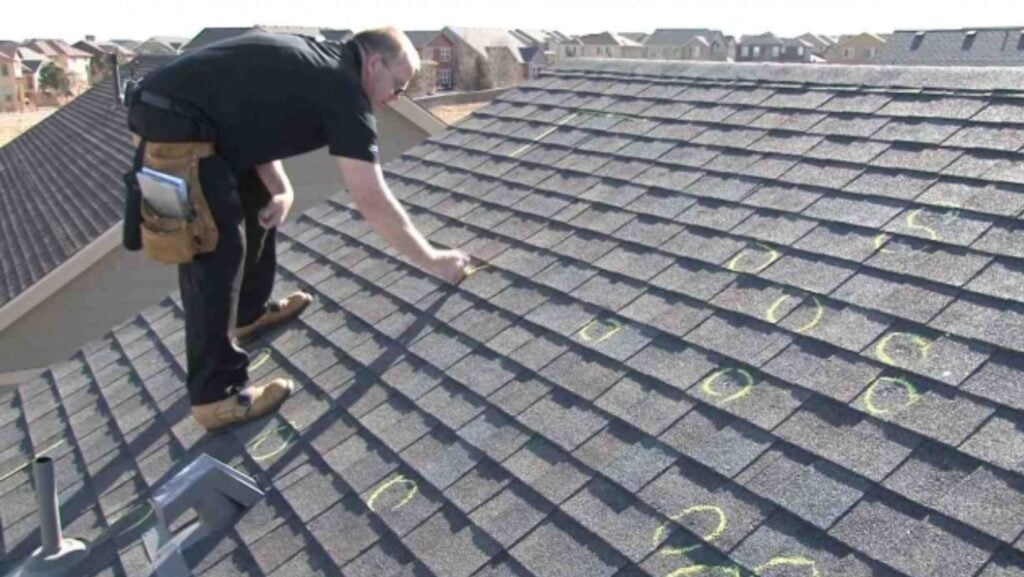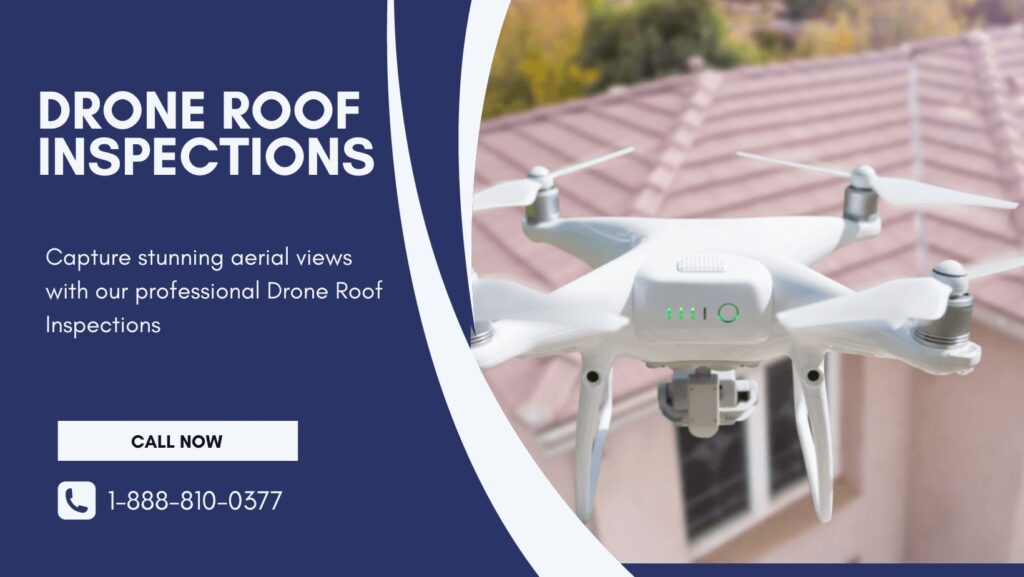A leaky roof can cause significant damage if left unattended. From water stains on the ceiling to mold growth, a roof leak can quickly escalate into a costly problem. Understanding how to repair a roof leak yourself can save you time and money. This comprehensive guide will walk you through the steps to repair a roof leak, from identifying the source to completing the repair.
Identifying the Source of the Leak
Before you can fix a roof leak, you need to find where the water is coming from. This can be tricky because water can travel down rafters and drip away from the actual leak. Here’s how to pinpoint the source:
Step 1: Check for Signs of Water Damage
- Ceiling Stains: Look for discoloration or water stains on your ceiling.
- Attic Inspection: Go into your attic with a flashlight and look for damp spots, mold, or water stains on the rafters and insulation.
- Exterior Inspection: Check the roof for missing or damaged shingles, cracks, or other visible signs of wear and tear.
Step 2: Simulate Rain
If you can’t find the source of the leak, try simulating rain by using a garden hose. Have someone spray water on the roof while you check the attic for leaks.
Temporary Fixes for Emergency Roof Repair
Sometimes, a roof leak requires Emergency Roof Repair attention to prevent further damage. Here are a few temporary fixes you can use until you can perform a permanent repair:
Step 1: Use a Tarp
Cover the leaking area with a tarp to prevent water from entering. Secure the tarp with nails or heavy objects to keep it in place.
Step 2: Apply Roofing Cement
Roofing cement can be used to seal small cracks and holes. Apply the cement to the affected area and smooth it out with a putty knife.
Step 3: Use Roof Patching Tape
Roof patching tape is another quick fix for minor leaks. Simply cut the tape to size and apply it over the leak.
Permanent Roof Leak Repair
Once you’ve identified the source of the leak and applied a temporary fix, it’s time to perform a permanent repair. Here’s a step-by-step guide:
Step 1: Gather Your Materials
You’ll need:
- Roofing cement
- Replacement shingles
- Hammer and nails
- Utility knife
- Pry bar
- Roofing nails
- Roofing tar
Also Read: How Long Does it Take to Replace a Roof?
Step 2: Remove Damaged Shingles
Carefully lift the shingles surrounding the damaged area using a pry bar. Remove any nails and slide the damaged shingles out.
Step 3: Apply Roofing Cement
Apply a generous amount of roofing cement to the area where the damaged shingles were removed. Ensure the cement covers the entire area to create a waterproof seal.
Step 4: Install Replacement Shingles
Slide the new shingles into place and secure them with roofing nails. Apply roofing cement to the edges of the new shingles to seal them.
Step 5: Inspect Your Work
Once you’ve completed the repair, inspect your work to ensure there are no gaps or exposed areas. If necessary, apply more roofing cement to seal any remaining gaps.
Cost of Roof Leak Repair
Understanding the cost of roof leak repair can help you budget for the project. The cost can vary depending on the extent of the damage and the materials needed.
Also Read: How Much Does a New Roof Cost in Texas?
Factors Affecting Cost
- Extent of Damage: The more extensive the damage, the higher the cost of repair.
- Materials: The type of materials used can also impact the cost. Asphalt shingles are generally less expensive than metal or tile roofing.
- Labor: If you hire a professional, labor costs will be a significant part of the overall expense.
Average Cost
On average, roof leak repair can cost between $300 to $1,000. However, for more extensive damage, the cost can go up to $3,000 or more.
Finding a Roof Repair Company Near You
Sometimes, repairing a roof leak yourself isn’t feasible. In such cases, hiring a professional roofing repair company is the best option. Here’s how to find a reliable roof repair company near you:
Step 1: Research Online
Use search terms like “roof repair near me” or “roofing repair companies near me” to find local roof repair services. Check their websites for information about their services, experience, and customer reviews.
Step 2: Ask for Recommendations
Ask friends, family, or neighbors for recommendations. Personal referrals can help you find a trustworthy roofing repair company.
Step 3: Check Credentials
Ensure the company you choose is licensed and insured. Check for certifications from reputable organizations like the National Roofing Contractors Association (NRCA).
Step 4: Get Multiple Quotes
Get quotes from at least three different companies to compare prices and services. Make sure to ask about warranties and guarantees.
Emergency Roof Repair Services
In some cases, you may need emergency roof repair services. Here’s what you should do:
Step 1: Contact an Emergency Roof Repair Service
Search for “emergency roof repair near me” to find local companies that offer emergency services. Make sure to choose a company that provides 24/7 support.
Step 2: Document the Damage
Take photos of the damage to provide to the repair service and your insurance company.
Step 3: Take Immediate Action
While waiting for the repair service to arrive, use temporary fixes like tarps or roofing cement to minimize further damage.
Maintaining Your Roof to Prevent Leaks
Prevention is always better than cure. Regular maintenance can help you avoid roof leaks and extend the life of your roof.
Step 1: Regular Inspections
Inspect your roof at least twice a year, preferably in the spring and fall. Look for signs of damage, such as missing shingles, cracks, or moss growth.
Step 2: Clean Gutters
Clogged gutters can cause water to back up and seep under your roof. Clean your gutters regularly to ensure proper drainage.
Step 3: Trim Overhanging Branches
Overhanging branches can damage your roof during storms. Trim any branches that are close to your roof to prevent this.
Step 4: Address Minor Issues Promptly
Don’t ignore minor issues like small leaks or missing shingles. Addressing these problems promptly can prevent more extensive damage later on.
Conclusion
Repairing a roof leak can be a daunting task, but with the right knowledge and tools, you can tackle it yourself. However, for more extensive damage, it’s best to hire a professional roofing repair company. Regular maintenance and prompt repairs can help you avoid costly damage and extend the life of your roof.
Ready to take action? Start by inspecting your roof today, and if you find any issues, don’t hesitate to use the tips and techniques outlined in this guide to fix them. If you need professional help, search for “roofing repair companies near me” and get multiple quotes to find the best service for your needs.
Stay proactive and keep your roof in top condition!



